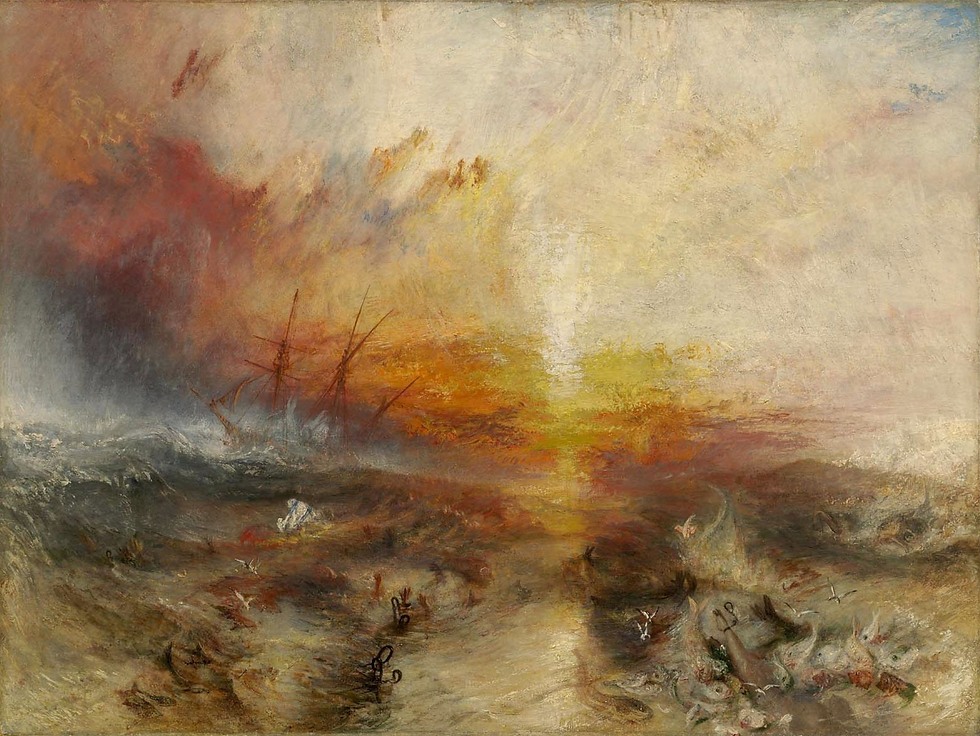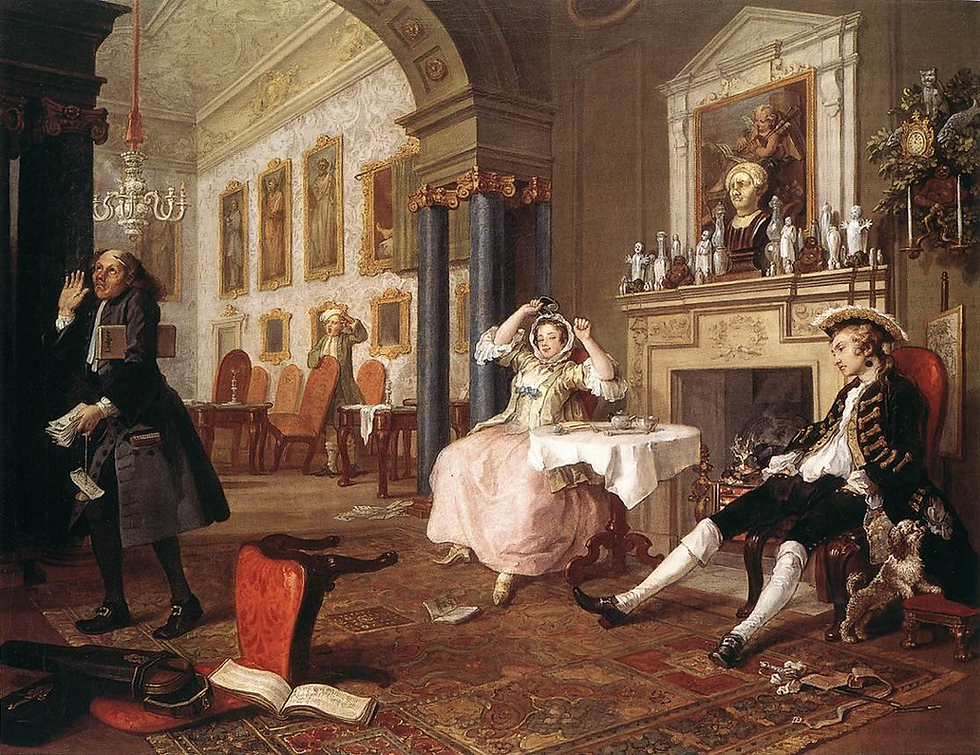Guernica by Pablo Picasso
- vivi2tang
- Sep 14, 2023
- 2 min read
Updated: May 31

Pablo Picasso is a well-known artist who greatly influenced 20th-century art and created many meaningful masterpieces during his lifetime. His work evolved from naturalism, cubism, surrealism, and finally shaped into modern and contemporary art. Although he was born in Malaga, Spain, he attended an art school in Barcelona called “Madrid's Real Academia de Bellas Artes de San Fernando” and spent most of his adult years in France. When he was around fifthteen, he created portraits but later began to intertwine symbols and components of modernism.
Guernica was one of the most famous pieces by Picasso. It was an oil painting made in 1937. The piece was made to be part of the Spanish Pavilion at the International Exposition in Paris as a depiction of a horrid situation. On April 27th, a German aerial bombing of a Basque village in Northern Spain wounded or killed six hundred civilians. By May 1st, news of the massacre in Guernica reached Paris, and Picasso immediately created this painting as a sign of protest.
Instead of using realistic depictions, Picasso uses key symbols like a woman with outstretched arms and a bull. The woman with the outstretched arms reflects the suffering of innocent civilians. While the bull represents war or bullfighting, which references Spain. He was once asked about symbolism and stated, “It isn't up to the painter to define the symbols. Otherwise, it would be better if he wrote them out in so many words! The public who look at the picture must interpret the symbols as they understand them.” Initially, the art received a lot of backlash because they believed that only realistic works could have an impact on political or social situations. However, little did they know, it would become one of the most emotional indictments of war.
One interpretation of Guernica is that it was meant to depict the bombing of the town as a distorted nativity scene. If you look at the painting, there are clearly many creatures including women, animals, and a light. The woman holding a child can be seen as the Virgin Mary carrying Christ. The warrior is Joseph and the person holding a candle is an angel. The shepherds are represented by the woman wearing a shawl and the one with the raised arms. The animals symbolize the mule; lastly, the light is the star of Bethlehem.
Picasso created masterpieces by weaving real-world events into his work with symbols. Art is often seen as useless, but this piece teaches you that it does not exist in a vacuum and can be used to address issues.




Comments